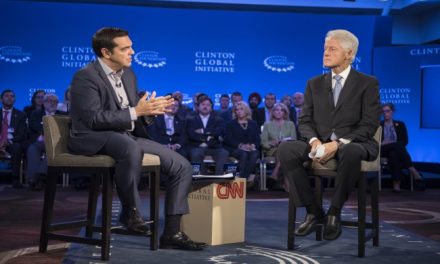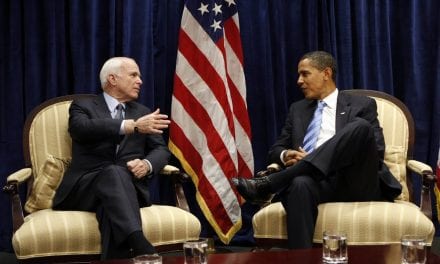Ankara’s plan is to improve ties with Russia, with whom it is increasingly allied.
BY SETH J. FRANTZMAN, Jerusalem Post
Turkey watchers are eagerly awaiting the arrival of the first components of the Russian-made S-400 air defense system to Turkey this week. It has been a long road to this moment, fraught with controversies and threats from Washington and Ankara. At the heart of the waiting game is the desire to see if the first piece of the Russian system will show up in Turkey and trigger US sanctions.
There have been near-daily developments in the S-400 controversy over the last six months. Almost all of them read like this: “Turkey vows to take delivery of S-400.” And then: “US warns Turkey against receiving S-400.” Every day, every week, every month since the Fall of 2018. In fact, the S-400 deal has been in the works since December 2017, when Ankara and Moscow signed the deal. It was worth around $2.5 billion at the time, and came months after Turkey realized that the new administration of US President Donald Trump was not going to reverse policy in eastern Syria.
Ankara’s goal with the S-400 is to improve ties with Russia, with whom it is increasingly allied. Turkey and Russia work closely on Syrian issues, even though they are ostensibly on opposite sides of the war. Both share concerns about the US role in eastern Syria. Turkey accuses the US of working with the Kurdish People’s Protection Units (YPG), who it argues are linked to the Kurdistan Workers Party (PKK). Ankara views the PKK as a terrorist organization. The US has also put a bounty on leaders of the PKK, but in eastern Syria the US works with the Syrian Democratic Forces, of which the YPG are a component. For Turkey, this means the US is supporting an enemy.
Turkey wants the S-400 not because it needs it to defend its air space but because it will give it leverage over Russia’s role in Syria. In addition, Russia wants to be linked into the Turkish defense industry because Turkey is a NATO ally, and this will be a major victory for Russia. Moscow is willing to concede some issues in northern Syria in return for closer cooperation with Turkey. This means energy deals such as TurkStream and other military contracts. Russia is selling the S-400 all over the world now, and the Turkey deal is a dry-run for bigger deals.
The US has increased its threats to punish Turkey in recent months, and it sought to slow down Turkish participation in the F-35 program and to stop training Turkish pilots. The US has continued to say that the US Defense and State departments are opposed to the S-400 arriving in Turkey. But Ankara gambles on personal diplomacy with Trump, something it showcased at the G20. It hopes it can change Trump’s mind. It was happy in December 2018 when Trump said the US would leave eastern Syria, but now things have reversed course a bit.
So far the US threats are all talk and no action. US officials were quoted by CNBC saying that there will be “real and negative” consequences if the S-400 arrives. But the likely scenario may be more complex. It may be that the component arrives, but then the US and Turkey discuss whether the system is “set up” or if it is “operational,” with the US redline always moving as the system is slowly put together and Turkish forces trained to use it. Russia has a habit of sending systems to countries and then waiting a while to have them go online. For instance, Russia sent the S-300 to Syria last October, but it is still sitting in northern Syria, apparently not operational or semi-operational. So it could be another year of Turkish-US bragging and threats about the S-400 deal before anything actually happens.
For all we know, by the time this article goes to press, some small part of the S-400s could be in Turkey. Or not, and we can all keep waiting a little longer to see if the US-Turkey crisis grows larger.



















